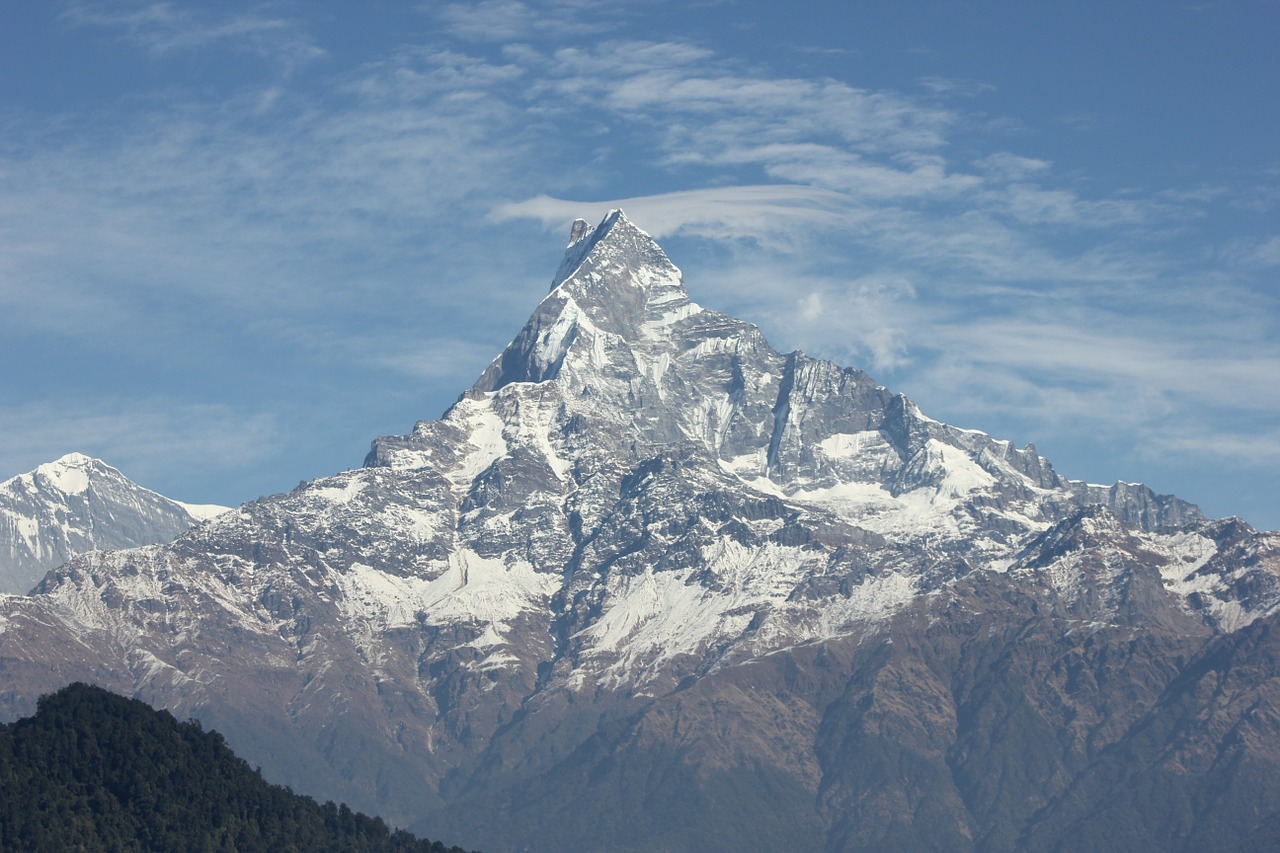The great Himalayas are a mountain range that encompasses quite a big part of the South of Asia and separates the Indo-Gangetic plains from the large Tibetan Plateau. There are 9 out of the 10 highest peaks in the whole world that are present in the Himalayas. Mount Everest, which is the highest peak in the world, is also situated in the mighty Himalayas.
Where is the Himalayan range actually situated?
The Himalayas is surrounded by the Tibetan Plateau which is located in the north, the Indo-Gangetic plain which is located on its south, on the north western side is the Karakoram ranges and the Hindu Kush ranges and finally on the east of the Himalayas rests two states Assam and Arunachal Pradesh.
The western anchor of the mighty Himalayas is called the Nanga Parbat and the eastern anchor is known as Namcha Barwa.
What are the countries that span the Himalayas?
The Himalayas span a total of five countries. These include:
- India
- Nepal
- Bhutan
- China (Tibet)
- Pakistan
India, Nepal and Bhutan have the major portion of the Himalayan range under its sovereignty.
How big are the Himalayas?
The Himalayas spread over a 2,400 kilometres long arc. In the west, the width of the range is about 400 kms and in the east, it is around 150 kms. The highest peak in the world, Mount Everest with a height of 8848 metres (29028 feet) lies in the Himalayan range.
The Himalayas are divided into many parallel ranges.
- Lower Himalayas with an average height of 3700 m.
- Sub-Himalayas with an average height of 900-1200 m.
- The Great Himalayas with an average height of 6000 m and consists of Mount Everest.
- Tibetan Himalayas with an average height of 4000-4500 m.
- Karakoram Range
What rivers arise in the Himalayan range?
The three most foremost and major rivers of the world originate from the Himalayas.
These are:
- The Ganges
- The Indus
- The Brahmaputra.
The Himalayas have profound amalgamation of flora and fauna that changes with climate, made up of sedimentary and metamorphic rocks with the world’s third largest ice deposit and snow after Arctic and Antarctica. There are hundreds of lakes that are present in the great Himalayas with Tilicho Lake in Nepal considered to be the highest lake in the world. The Himalayas act as a protective barrier for the Indian subcontinent, having a considerable effect on the climate of India. It restricts the entry of frigid and dry cold winds and the monsoon winds giving us a very suitable climate to survive in.

